Hydrangea garden design blossomed as a cherished art form during the Victorian era, captivating enthusiasts with its vibrant hues amidst England's green estates. At that time, the art of hydrangea arrangement was practiced with a certain meticulousness, whereas today there is a plethora of hydrangea garden ideas to consider. Regardless of design, hydrangea gardens celebrate the resplendent colors and lush textures of these captivating flowers, adding timeless charm to any landscape. Initially perceived as somewhat traditional and formal, hydrangea garden design is, in truth, adaptable and delightful--and is presently experiencing a significant renaissance. Elevate your garden's allure with these inspiring hydrangea garden ideas and craft a flourishing haven of your own.
Lush hydrangea blooms surrounding a cozy seating area. This design creates a tranquil atmosphere, perfect for relaxation and enjoying nature's beauty. Source
Hydrangea garden design with layered planting. Incorporating different heights and colors can create a visually appealing landscape that enhances curb appeal. Source
Hydrangea garden design with varying bloom colors. Incorporating different hydrangea varieties can enhance visual interest and create a vibrant focal point. Source
Lush hydrangea borders surrounding a serene pool area enhance tranquil outdoor aesthetics. Incorporating varying shades of blue hydrangeas can create a calming and refreshing atmosphere. Source
Hydrangea pathway design enhances the garden's charm with lush white blooms and strategic stone pavers. This combination creates a serene walkway that invites exploration and admiration of the surrounding greenery. Source
Hydrangea flower beds. Incorporating a variety of hydrangeas can create a stunning visual impact and enhance the overall charm of your garden design. Source
Vibrant hydrangea borders in varying shades of blue and pink. This design not only adds color and texture but also creates a stunning focal point for any garden landscape. Source
Colorful hydrangea bush arrangement. Incorporating a mix of pink and blue blooms creates a vibrant focal point that enhances garden appeal. Source
Lush hydrangea borders with climbing vines. This design maximizes vertical space while adding vibrant colors and textures to your garden. Source
Lush hydrangea borders. Incorporating large, white hydrangeas along pathways enhances beauty and creates a serene atmosphere in your garden design. Source
Vibrant hydrangea clusters create a stunning visual impact in garden design. Their various colors can add richness and depth to landscaping, making them a perfect choice for a lively outdoor space. Source
Lush hydrangea borders surrounding a garden path. This design enhances the soft, romantic feel of the garden space while framing the picturesque view of the greenhouse. Source
Lush hydrangeas with varying textures. Incorporate diverse foliage and heights for visual interest and layering in your garden design. Source
Vibrant pink hydrangeas in a mixed border. They create a striking contrast with fall foliage, enhancing seasonal color variation in your garden design. Source
Vibrant blue and white hydrangeas. Pairing these colors creates a stunning visual contrast and an inviting garden atmosphere. Source
Hydrangea border plants. Incorporating hydrangeas along pathways adds vibrant color and texture, enhancing the overall garden design. Source
Vibrant hydrangea beds. Incorporate varying shades of pink and blue for visual interest and contrast against green foliage. This diversity enhances the garden's appeal. Source
Hydrangea clusters under a mature tree. Incorporating hydrangeas with varying colors near a strong focal point enhances visual interest and provides a serene garden atmosphere. Source
Charming hydrangea garden design featuring a central fountain. The layered plantings create visual interest and a serene atmosphere, enhancing the overall beauty of the space. Source
Lush hydrangea borders with a sculptural focal point. This combination enhances the garden's visual interest while providing a serene atmosphere. Source
Lush hydrangea border with seasonal annuals. Incorporating varied heights and colors enhances visual interest and seasonal appeal. Source
Vibrant hydrangea borders. Incorporating varying shades of blue and pink hydrangeas along pathways enhances color contrast and visual interest in garden design. Source
Lush hydrangea borders surrounding a stone fountain create an inviting focal point. This design enhances tranquility and visual interest in the garden space. Source
Hydrangeas border with varied heights creates a lush, inviting atmosphere. This design emphasizes color contrast and texture while framing pathways beautifully. Source
Colorful hydrangea blooms create a vibrant focal point. Mixing different shades enhances visual interest and captures attention in any garden design. Source
Hydrangea-centric seating areas. Incorporating lush hydrangeas around a wooden bench creates a tranquil retreat, enhancing the garden's serene ambiance. Source
Vibrant hydrangea clusters. Incorporating diverse colors and textures alongside the lush green grass adds depth and visual interest to the garden design. Source
Colorful hydrangeas along a white picket fence. This design adds a charming, vibrant touch to any garden, enhancing aesthetic appeal and welcoming ambiance. Source
Color palette coordination
Choosing a color palette for your garden can really transform the space. Think about pairing bold flowers with softer hues to create balance and interest. It's all about mixing textures too; don't shy away from combining leafy greens with vibrant blooms for a lively vibe.
Soil pH balance
Soil pH balance is super important for garden design; it affects nutrient availability for plants. Most veggies and flowers thrive in slightly acidic to neutral soil, around 6 to 7 pH. Testing your soil and adjusting it can really boost plant health and growth, making your garden flourish.
Seasonal blooming schedule
Planning a garden with a seasonal blooming schedule keeps your yard vibrant year-round. You can pair early spring blooms like crocuses and daffodils with summer favorites like hydrangeas and coneflowers for a killer combo. Don't forget to add some fall color with asters and late-summer perennials to wrap up the cycle nicely!
Sunlight exposure planning
Sunlight exposure plays a huge role in garden design, so check how much sun different areas get throughout the day. Placing sun-loving plants like tomatoes and lavender in the brightest spots makes them thrive, while shade-tolerant plants like ferns can get cozy in the darker corners. Keep an eye on seasonal changes too; shadows from trees or structures can shift, impacting plant health over time.
Water drainage system
A good water drainage system makes all the difference in garden design. It prevents soggy spots and keeps plants healthy by directing excess water away. Incorporating elements like French drains or raised beds can really help manage water flow effectively.
Companion plant selection
Companion planting is all about pairing plants that benefit each other. For example, marigolds can help deter pests from tomatoes while also attracting beneficial insects. Mixing herbs like basil with vegetables not only enhances flavors but can also improve growth and repel unwanted bugs.
Garden layout symmetry
Garden layout symmetry creates a balanced and visually appealing space. Think about mirroring plants or pathways on either side of a central point, like a fountain or a bench. This symmetry not only looks great but also brings a sense of harmony to your outdoor area.
Hydrangeas are a versatile and vibrant choice for garden design, offering a range of colors, including blue, pink, and white, to suit various landscaping themes. To create an enchanting hydrangea garden, it is essential to consider factors such as soil pH, sunlight exposure, and spacing, as these plants thrive in well-drained, fertile soils and require adequate room to grow and air circulation to prevent mildew. The end result of a well-planned hydrangea garden design is a lush, visually appealing landscape that provides seasonal blooms and enhances the aesthetic appeal of any outdoor space.

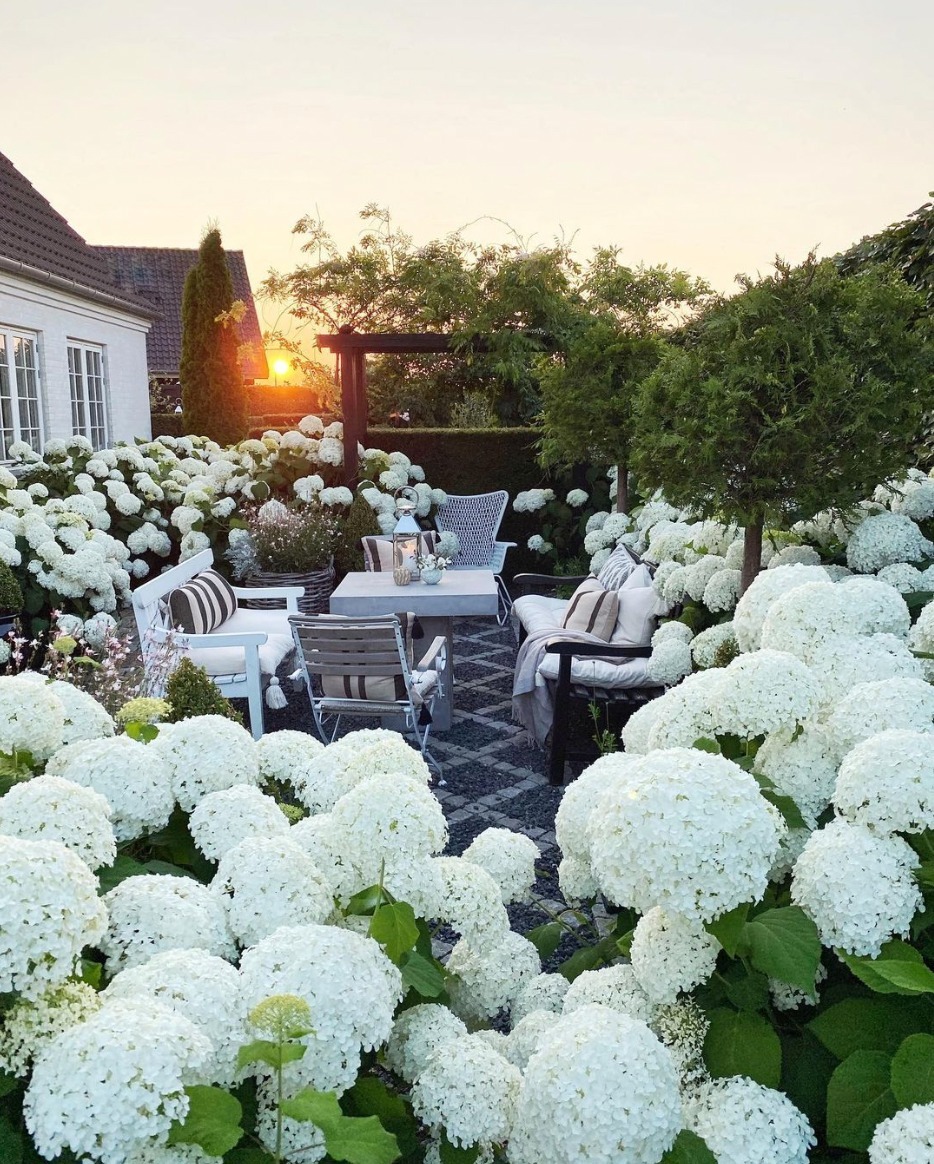
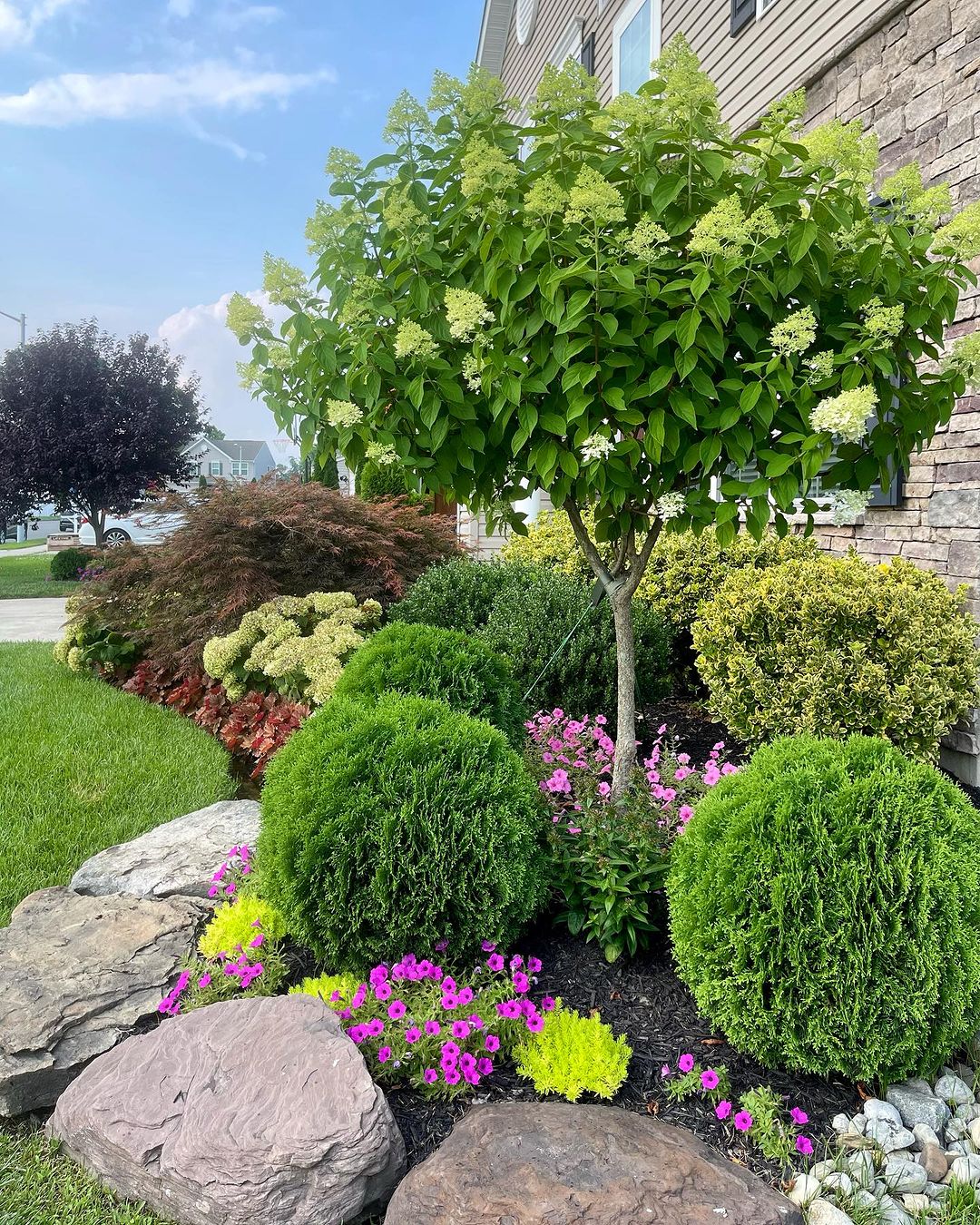
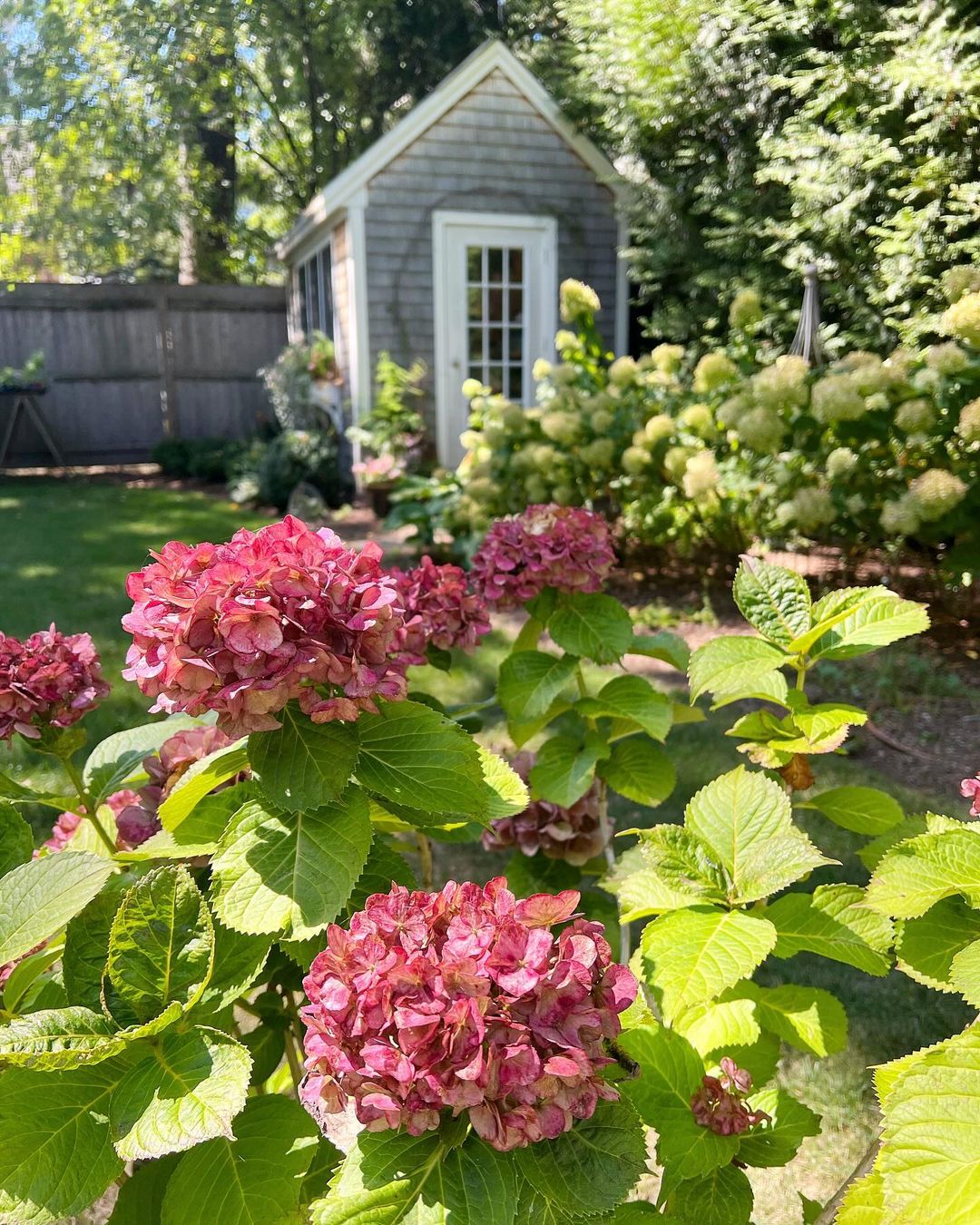
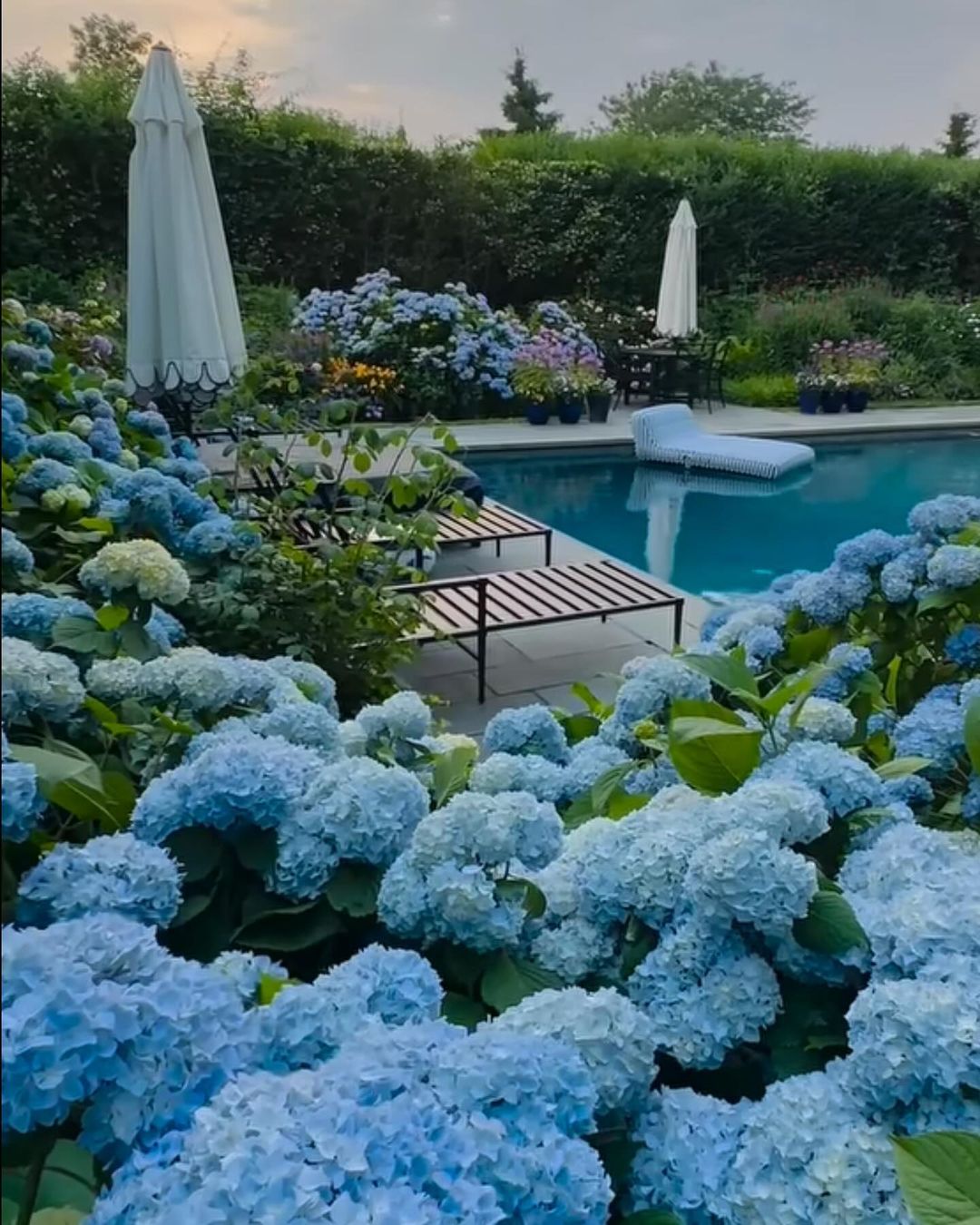
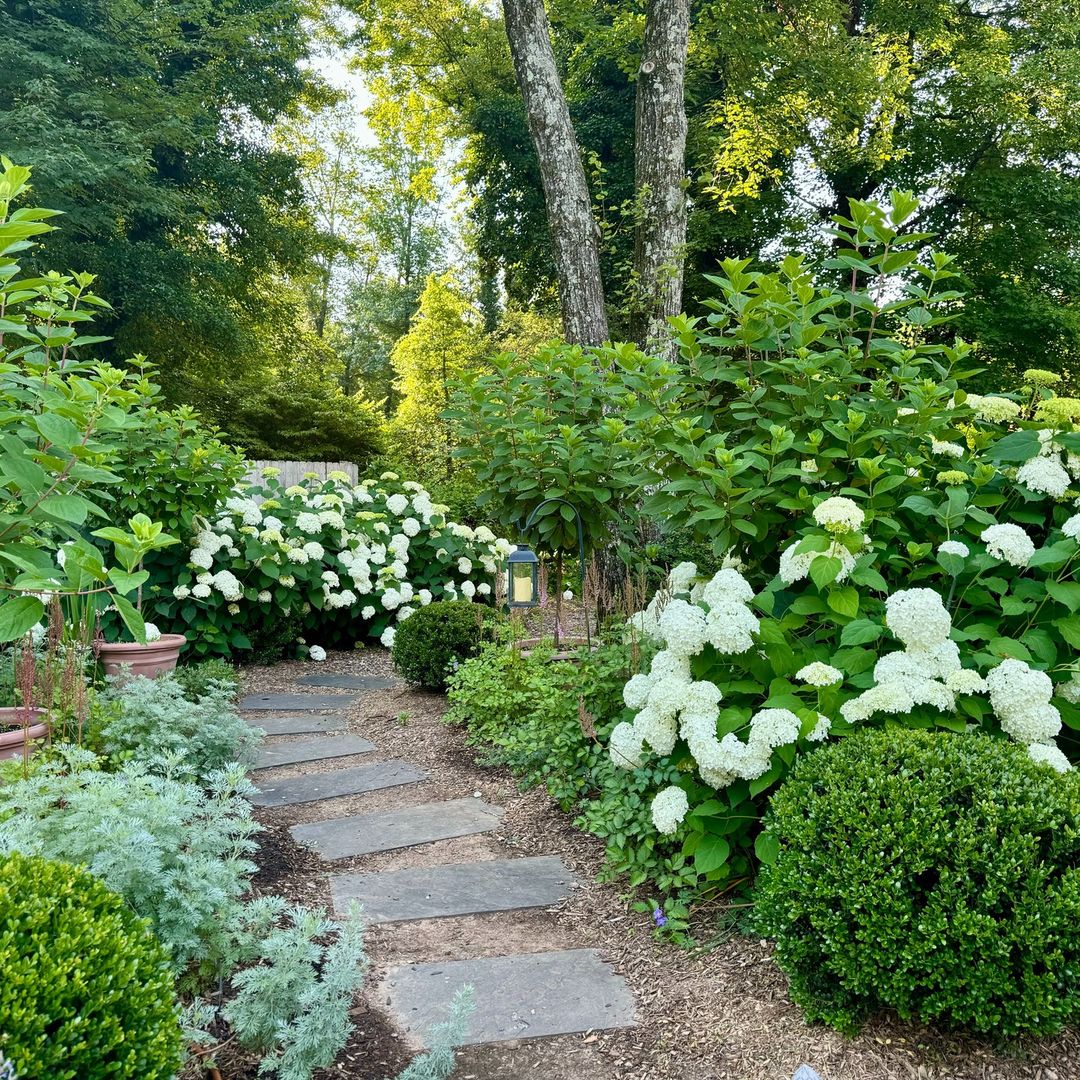

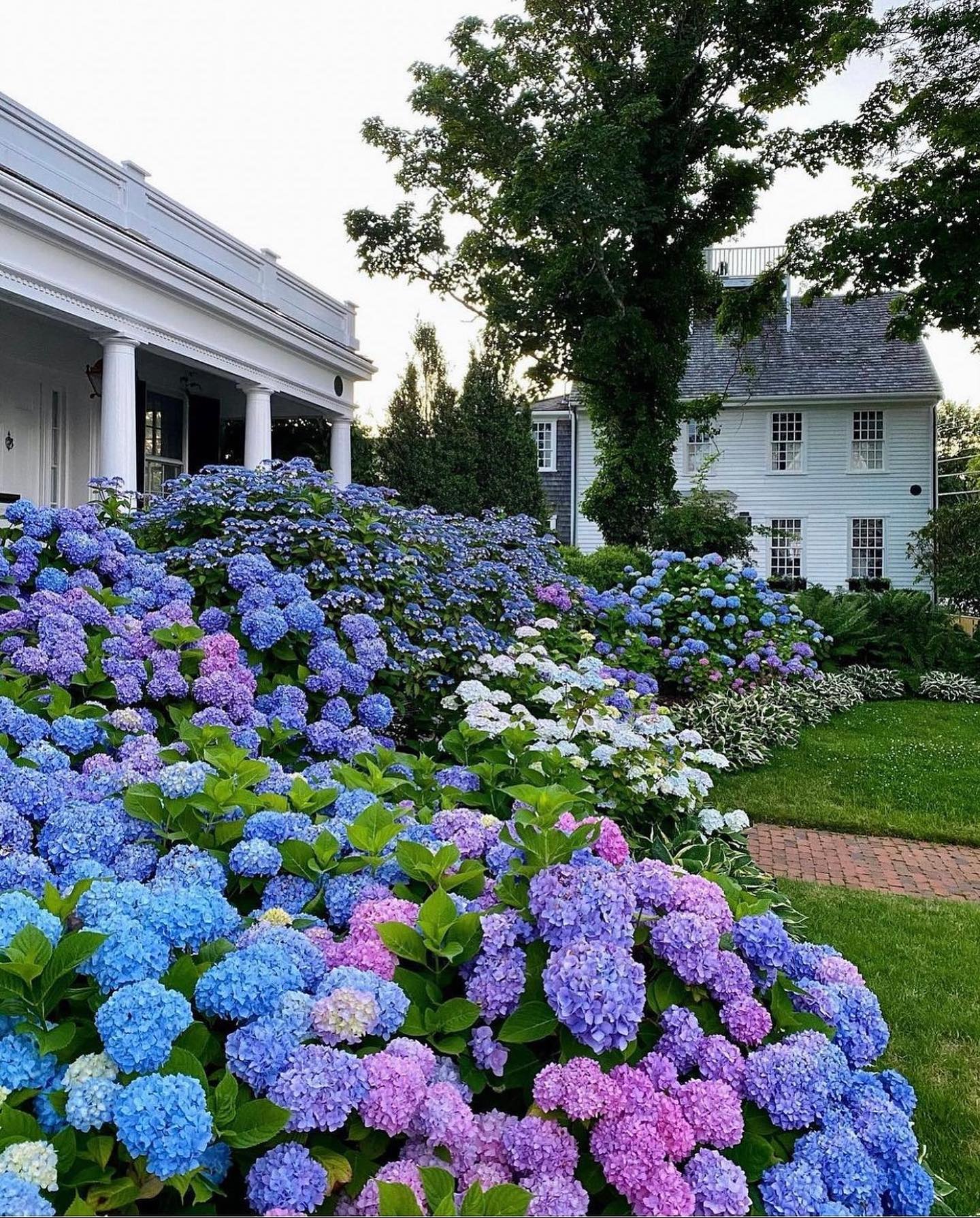
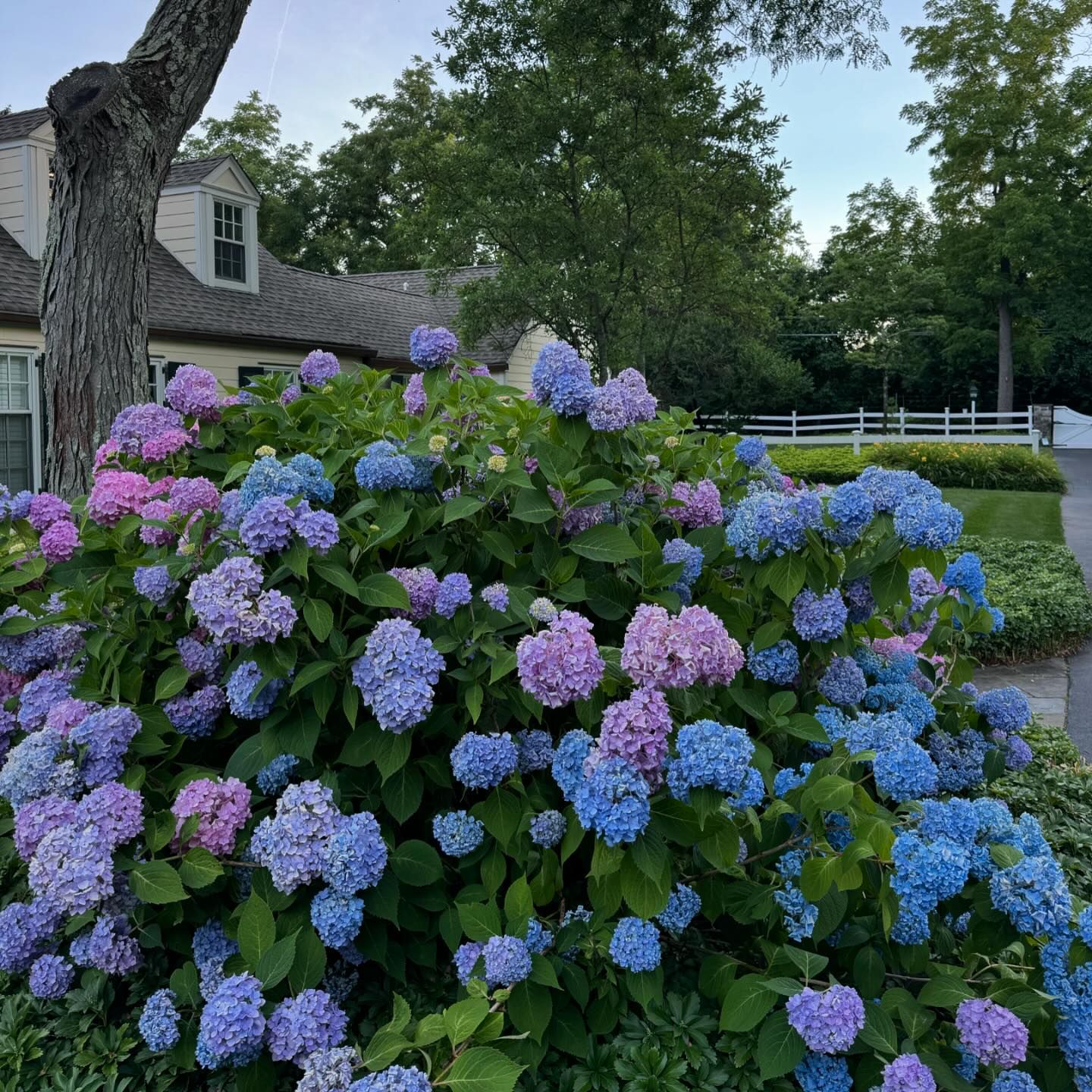
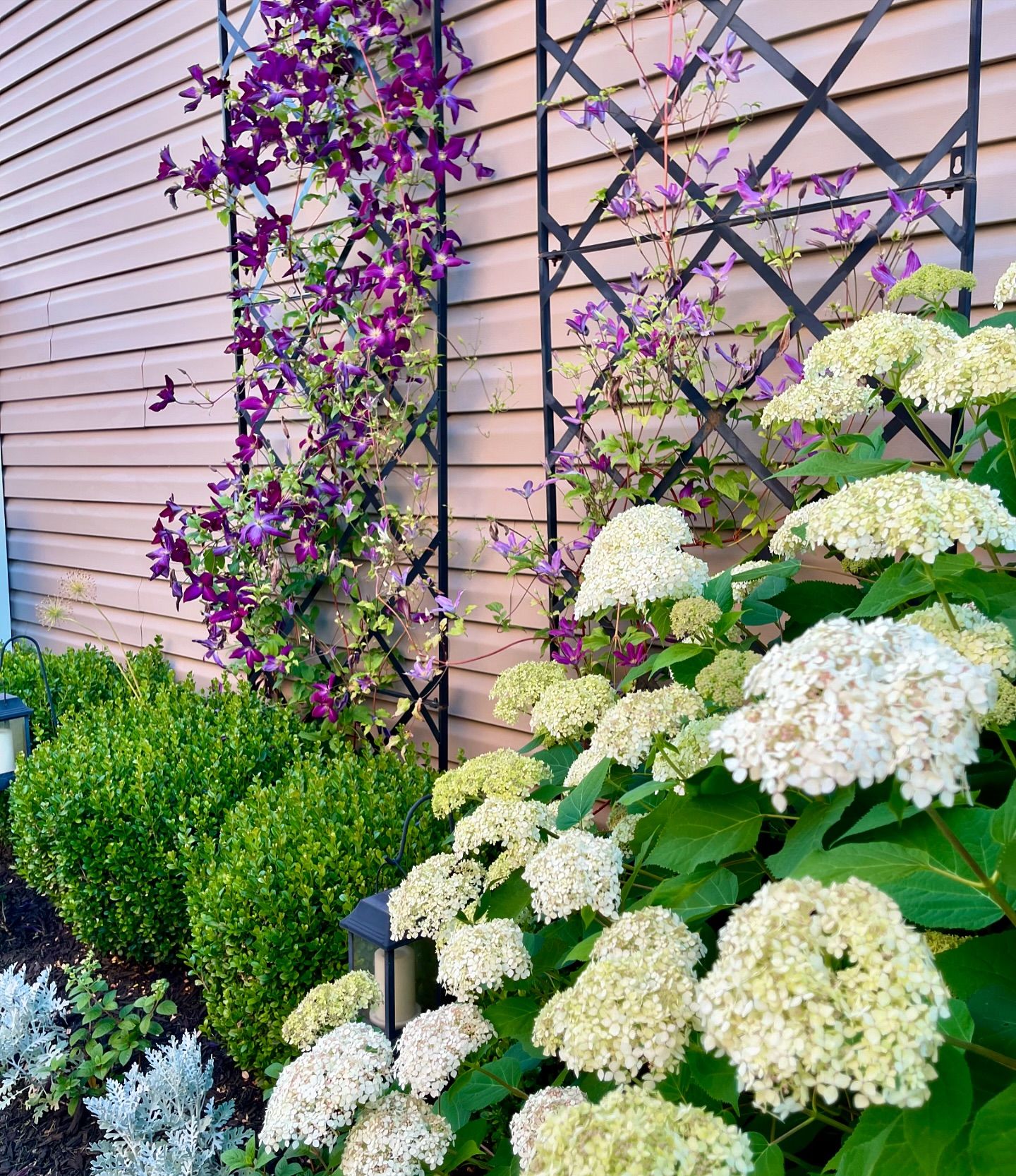
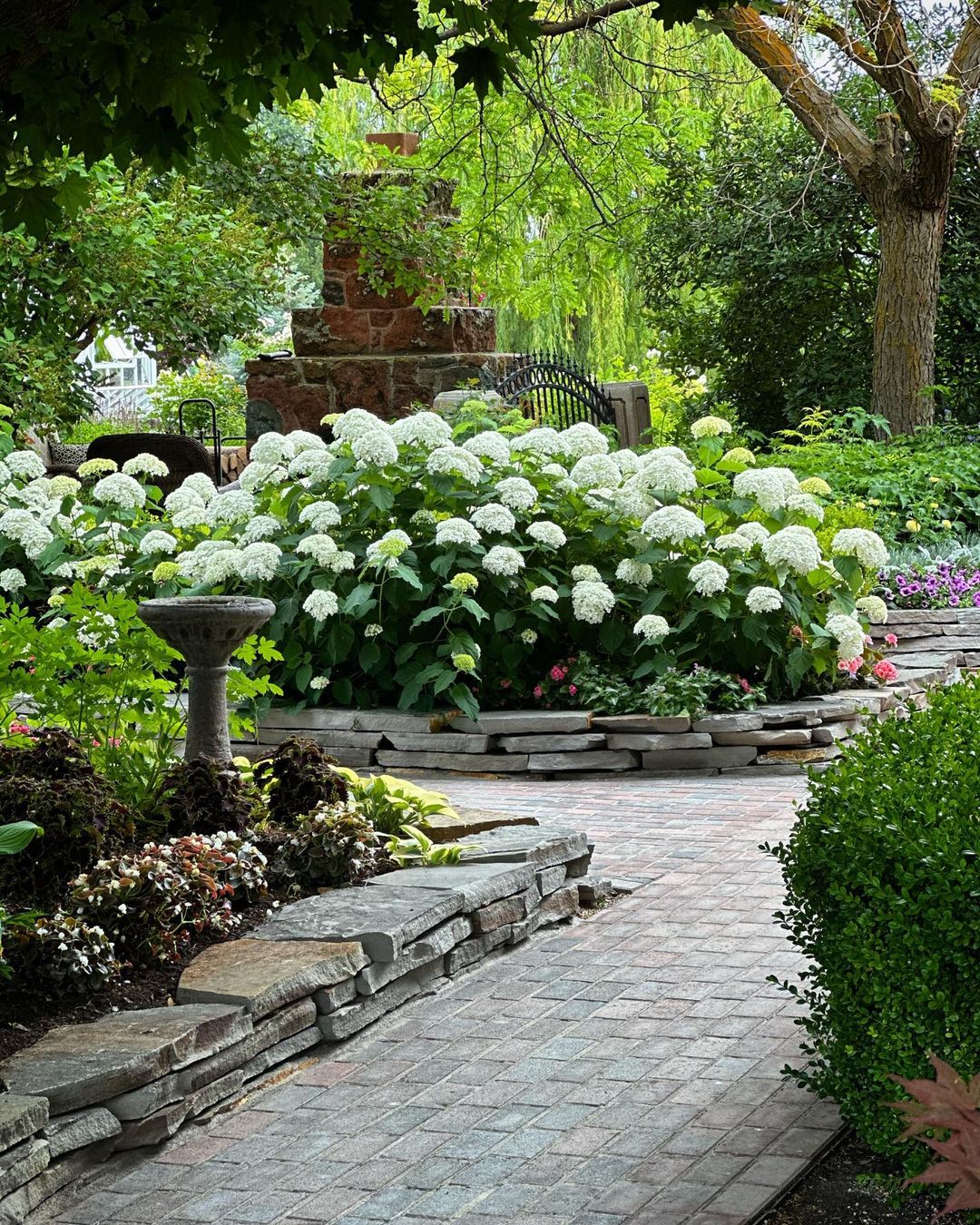
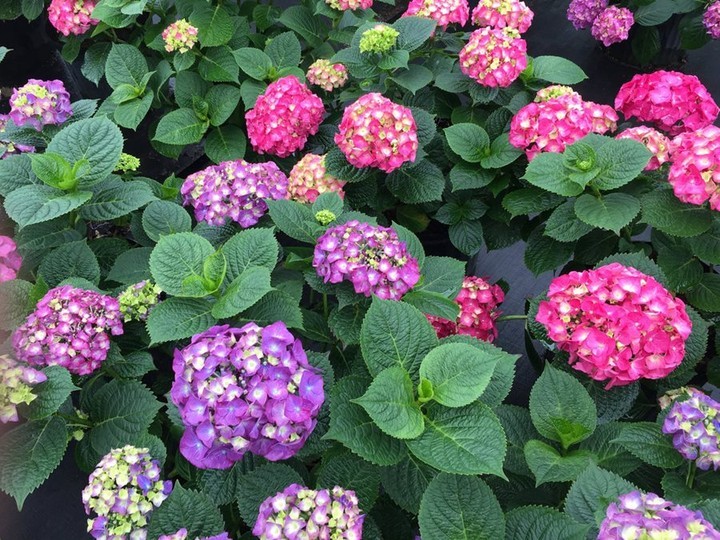
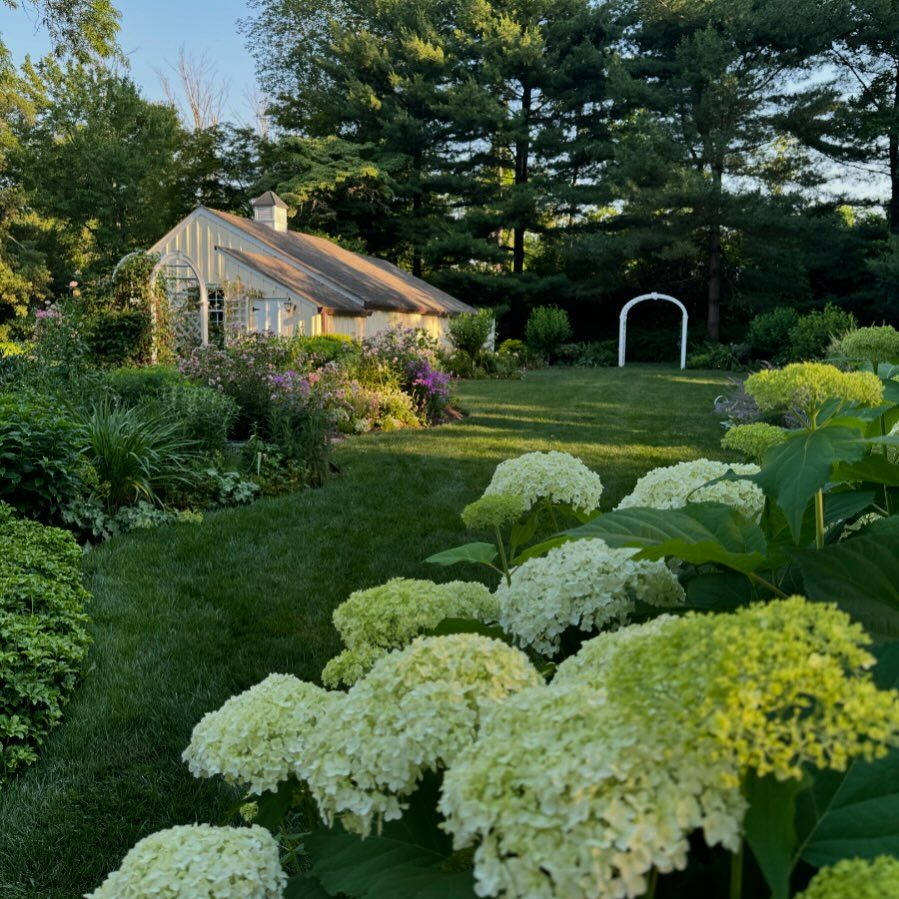
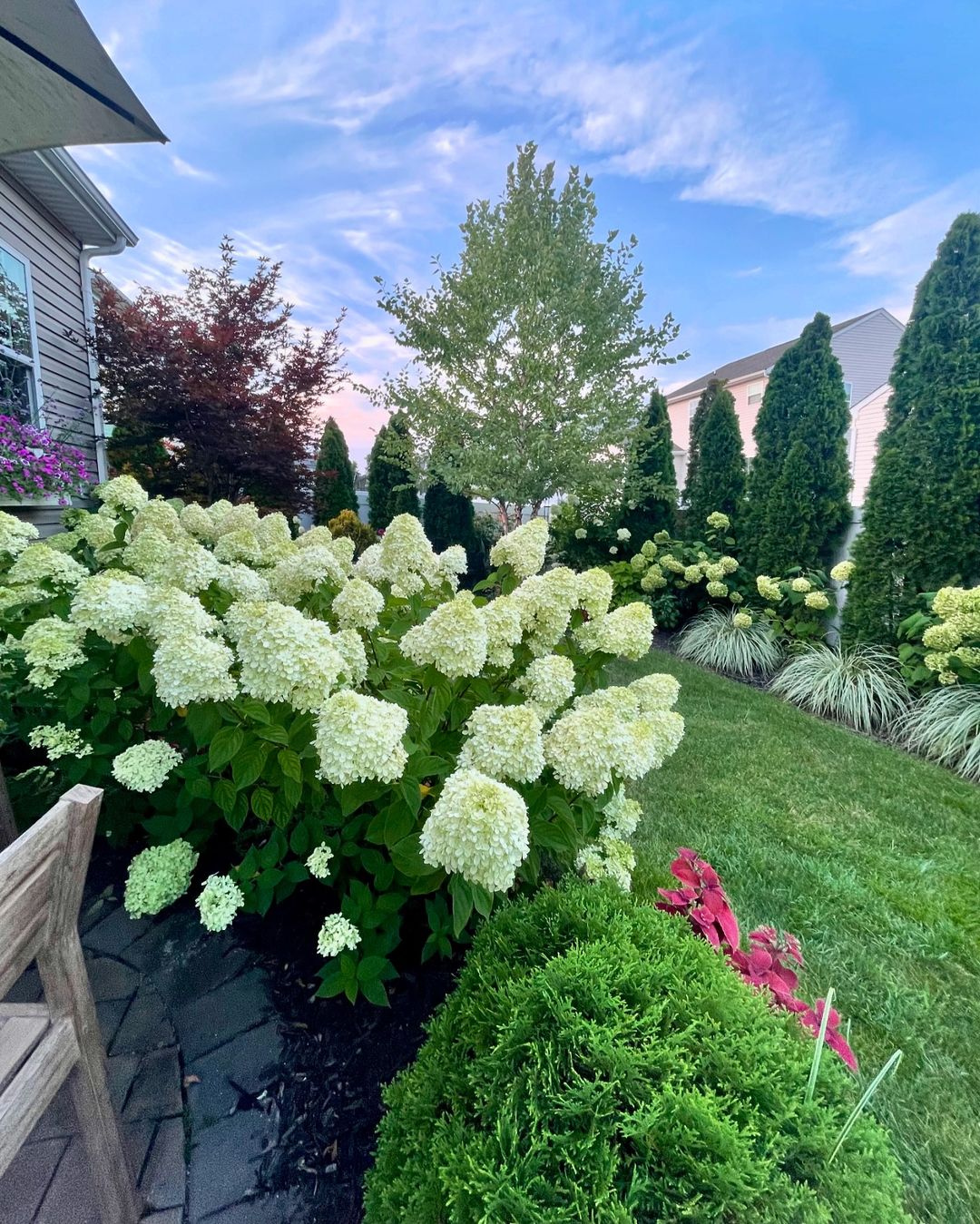
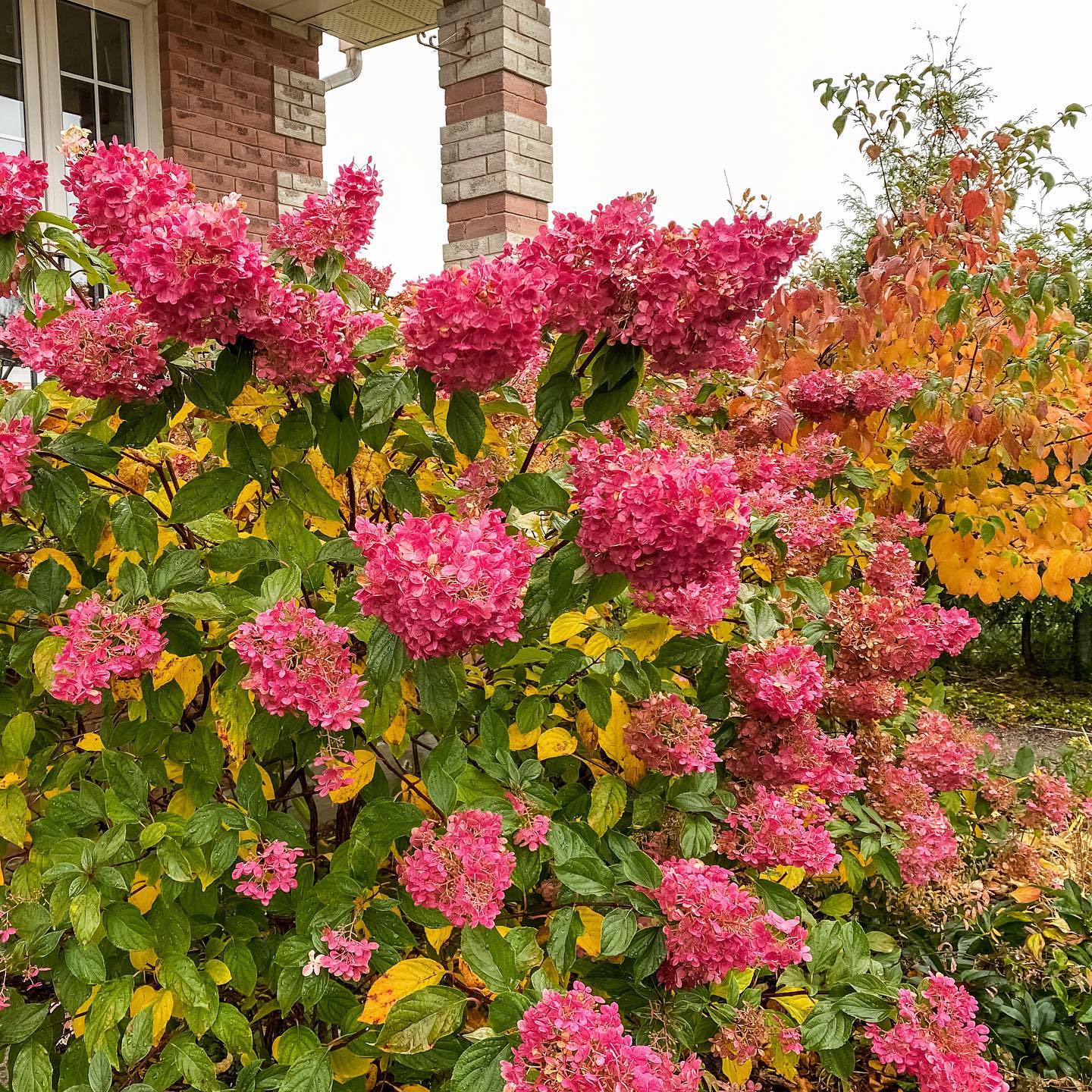
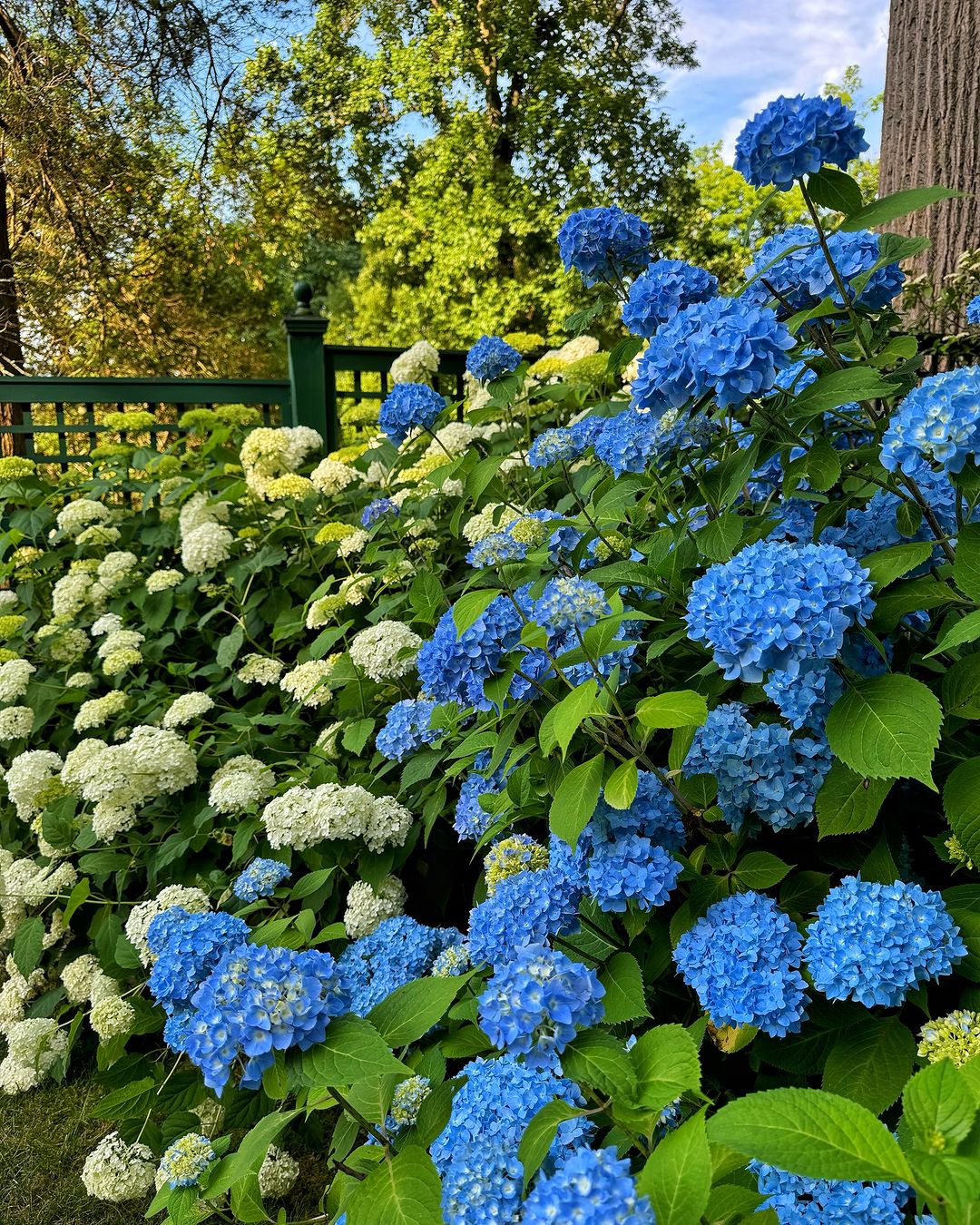
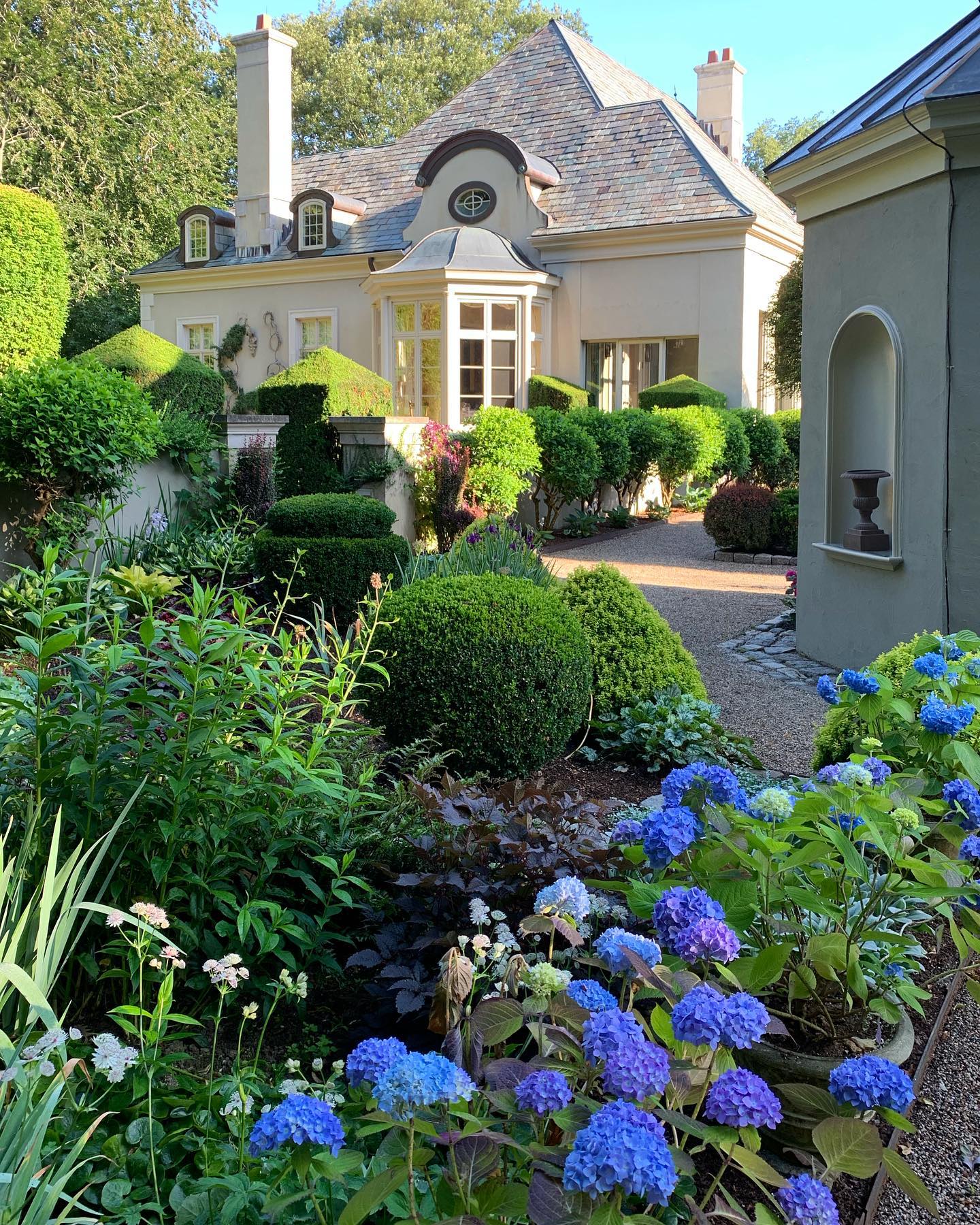

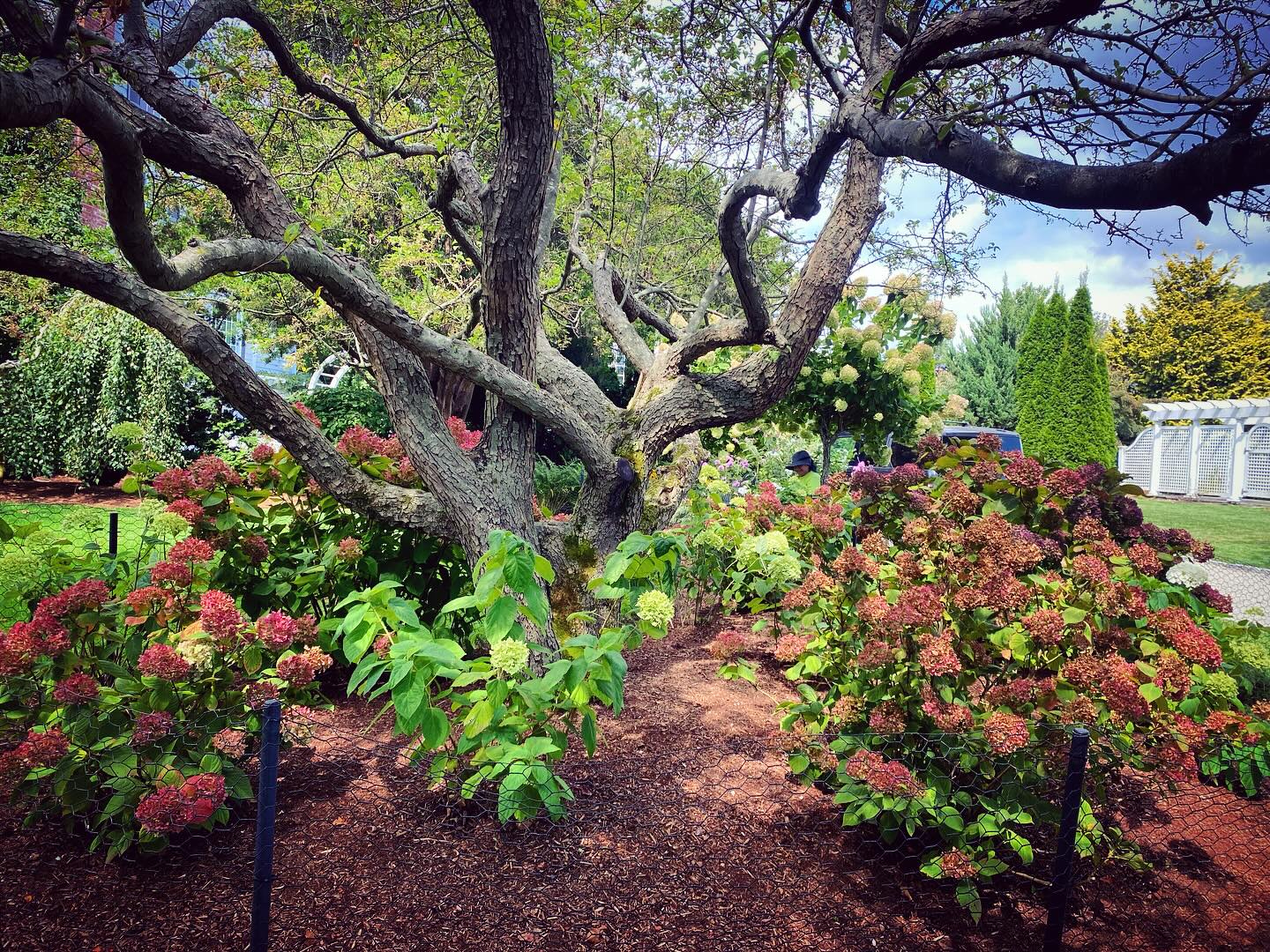
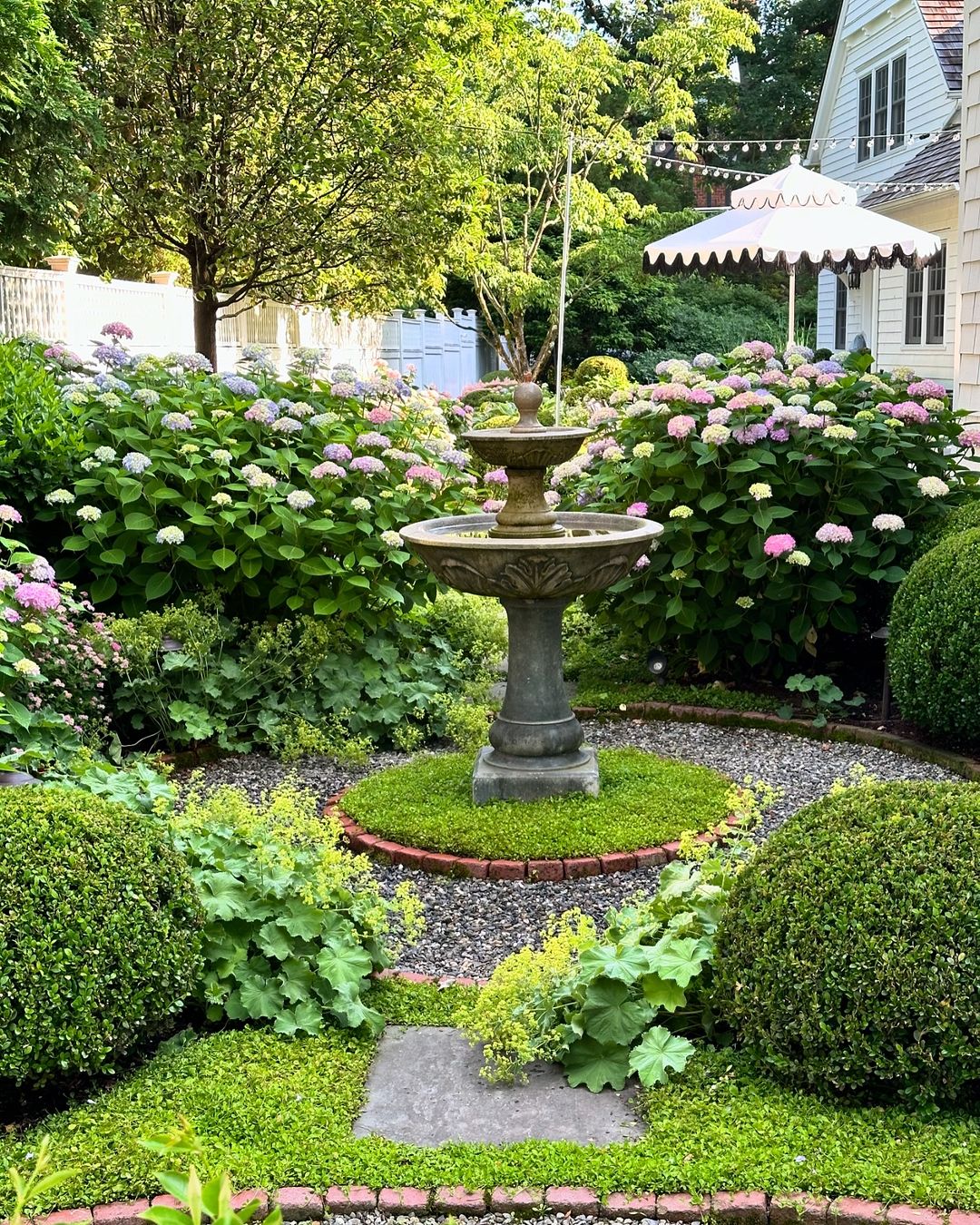
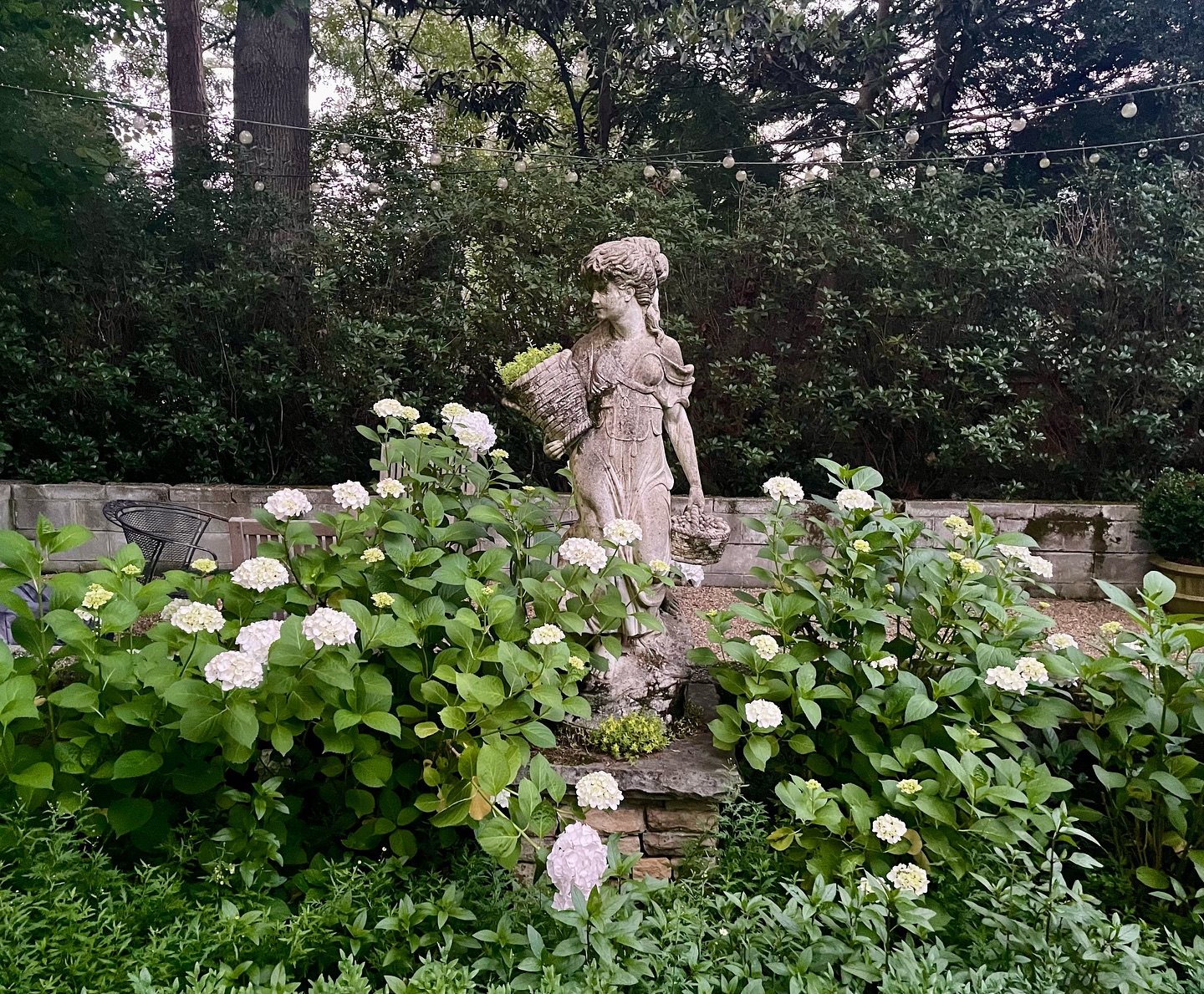
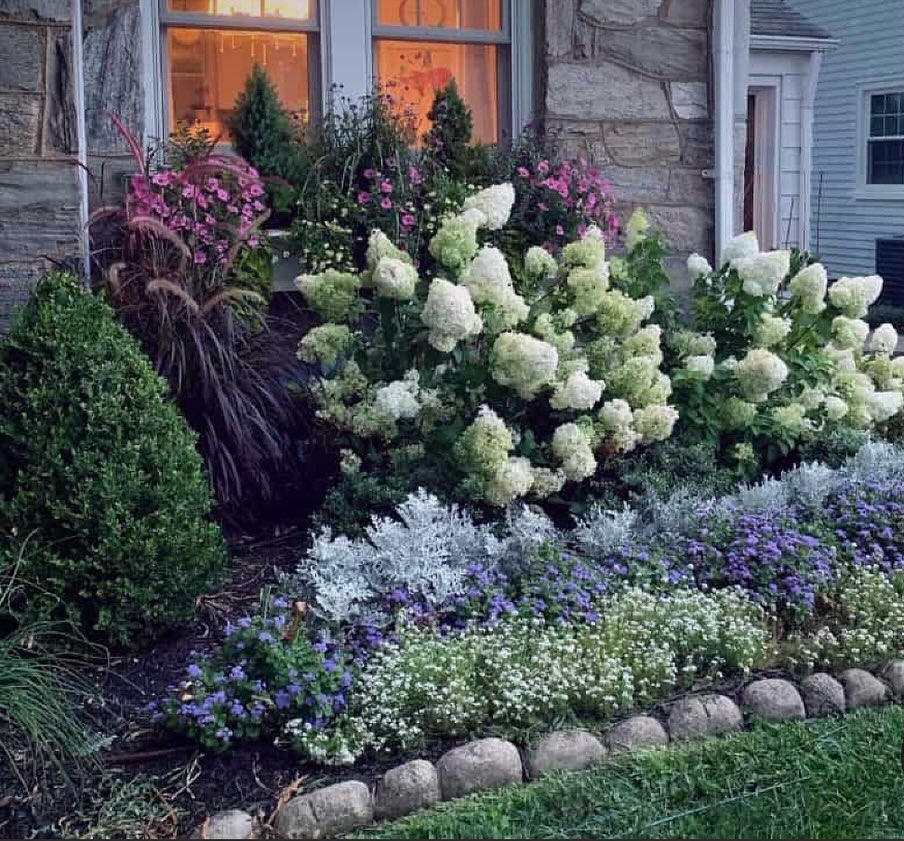
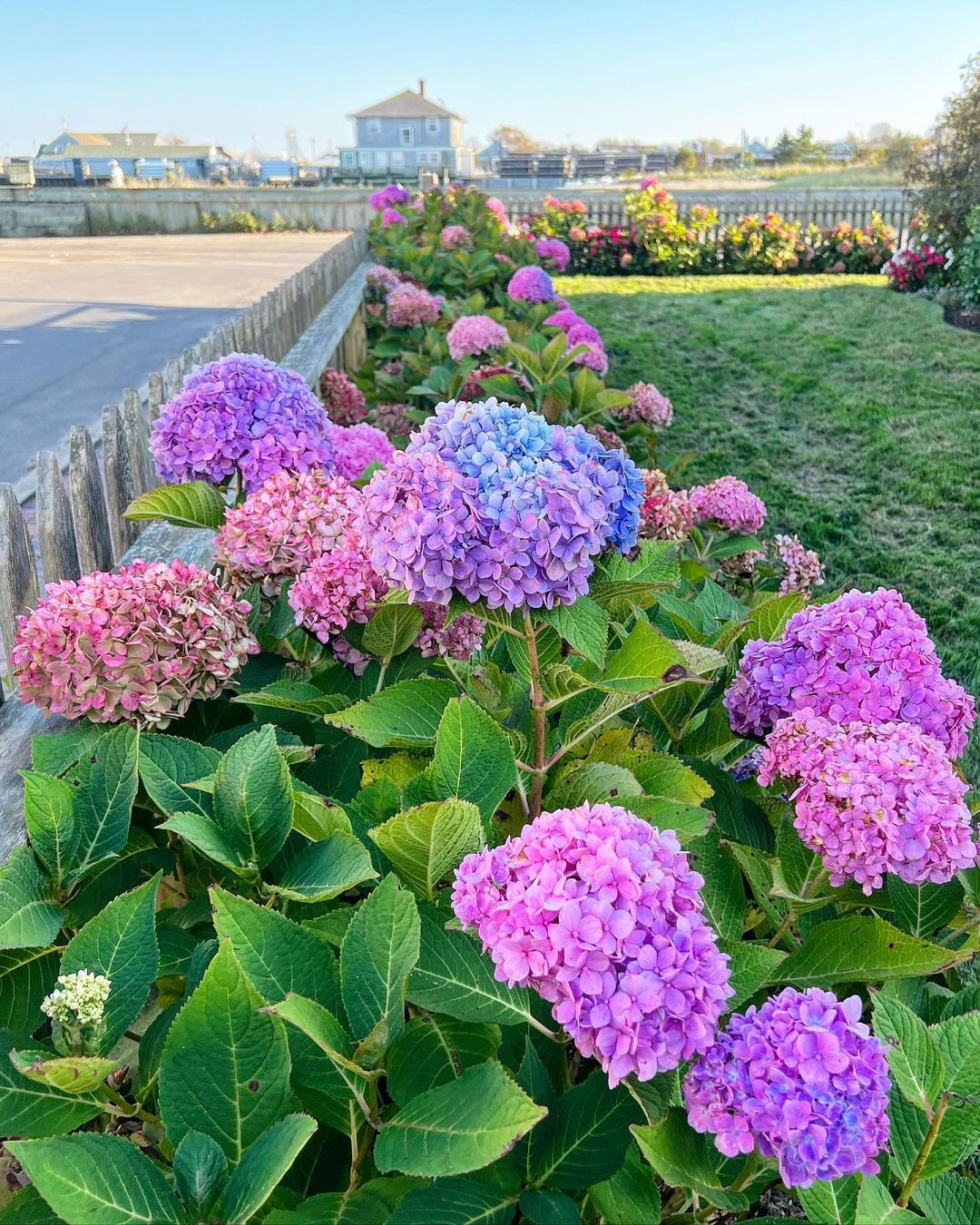
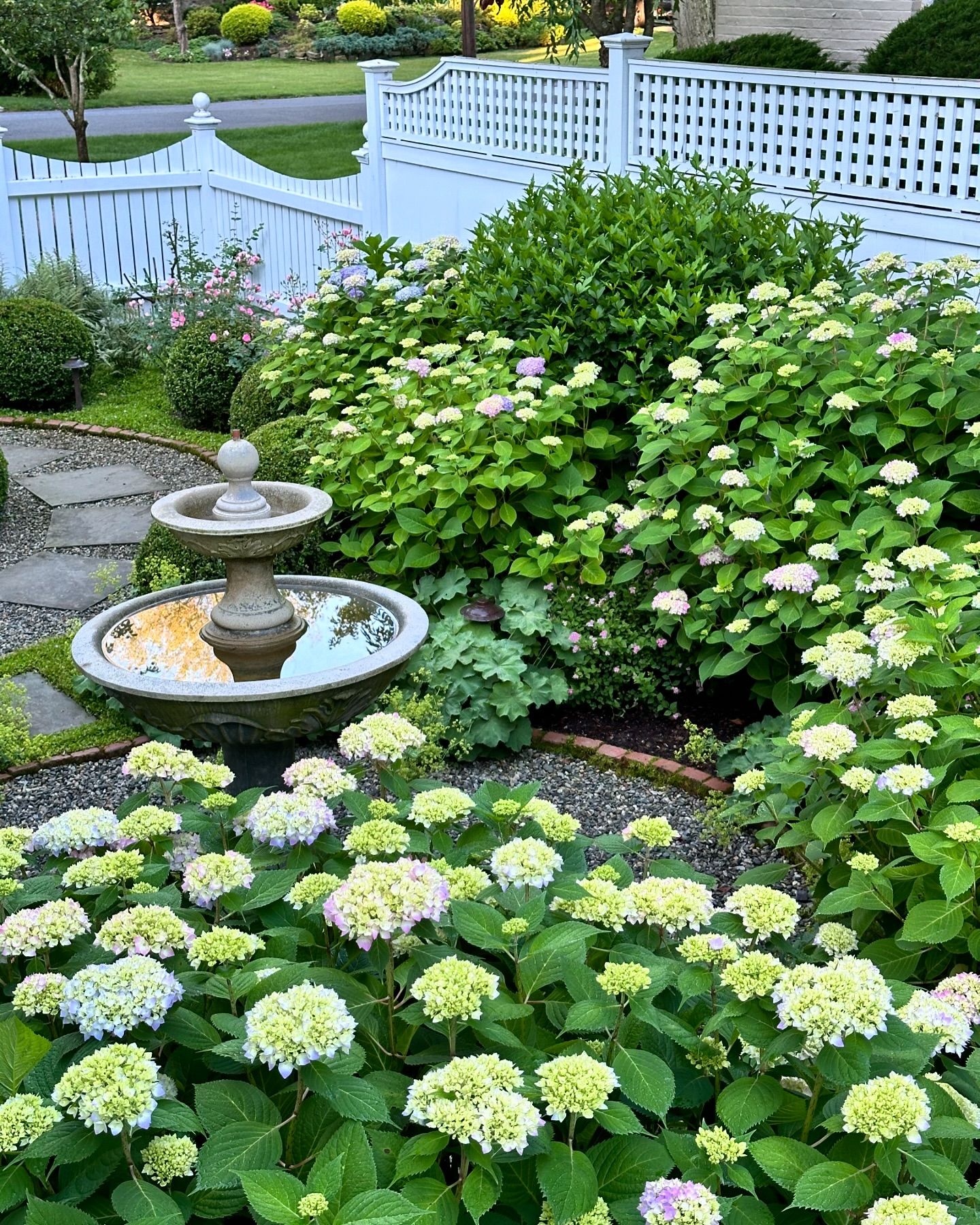
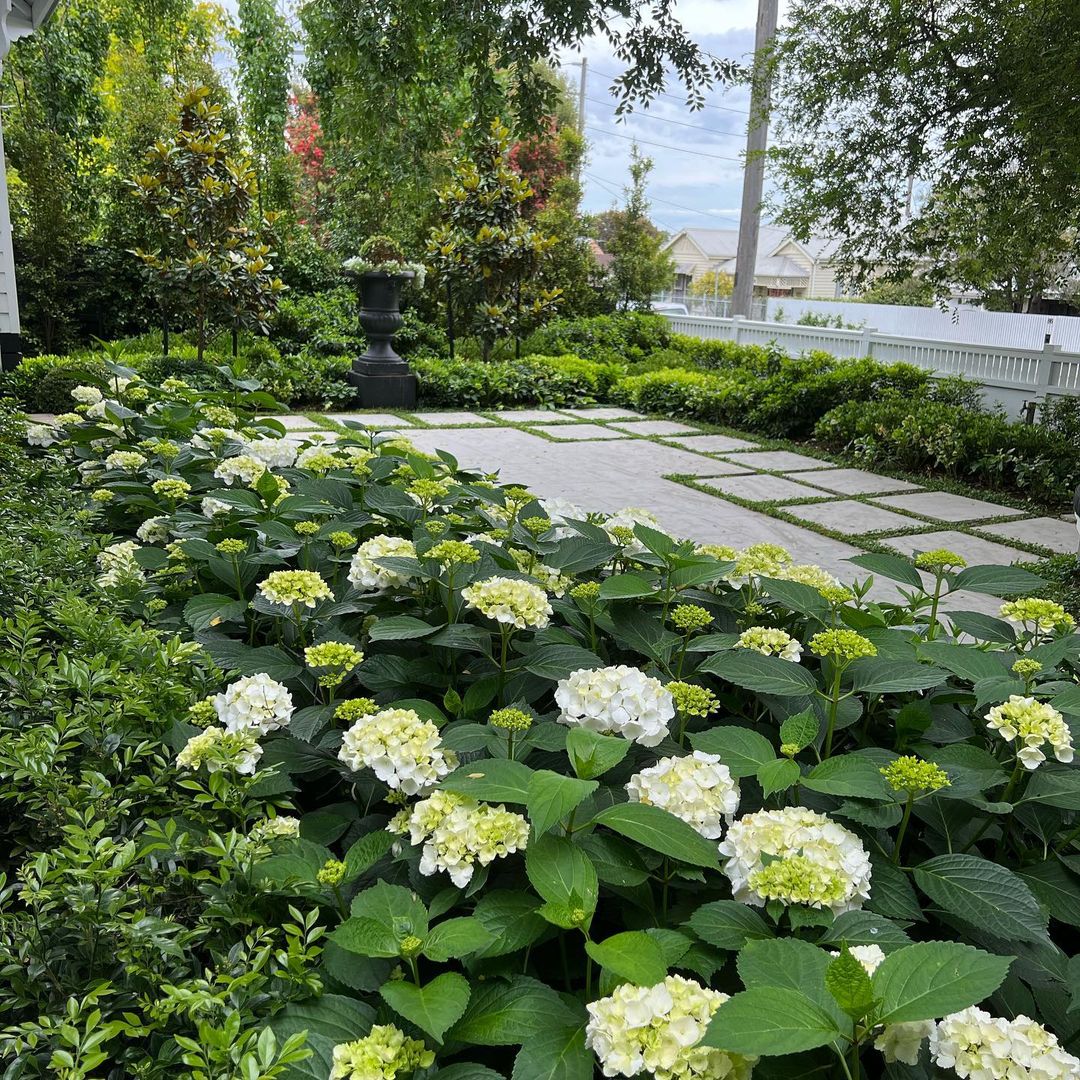
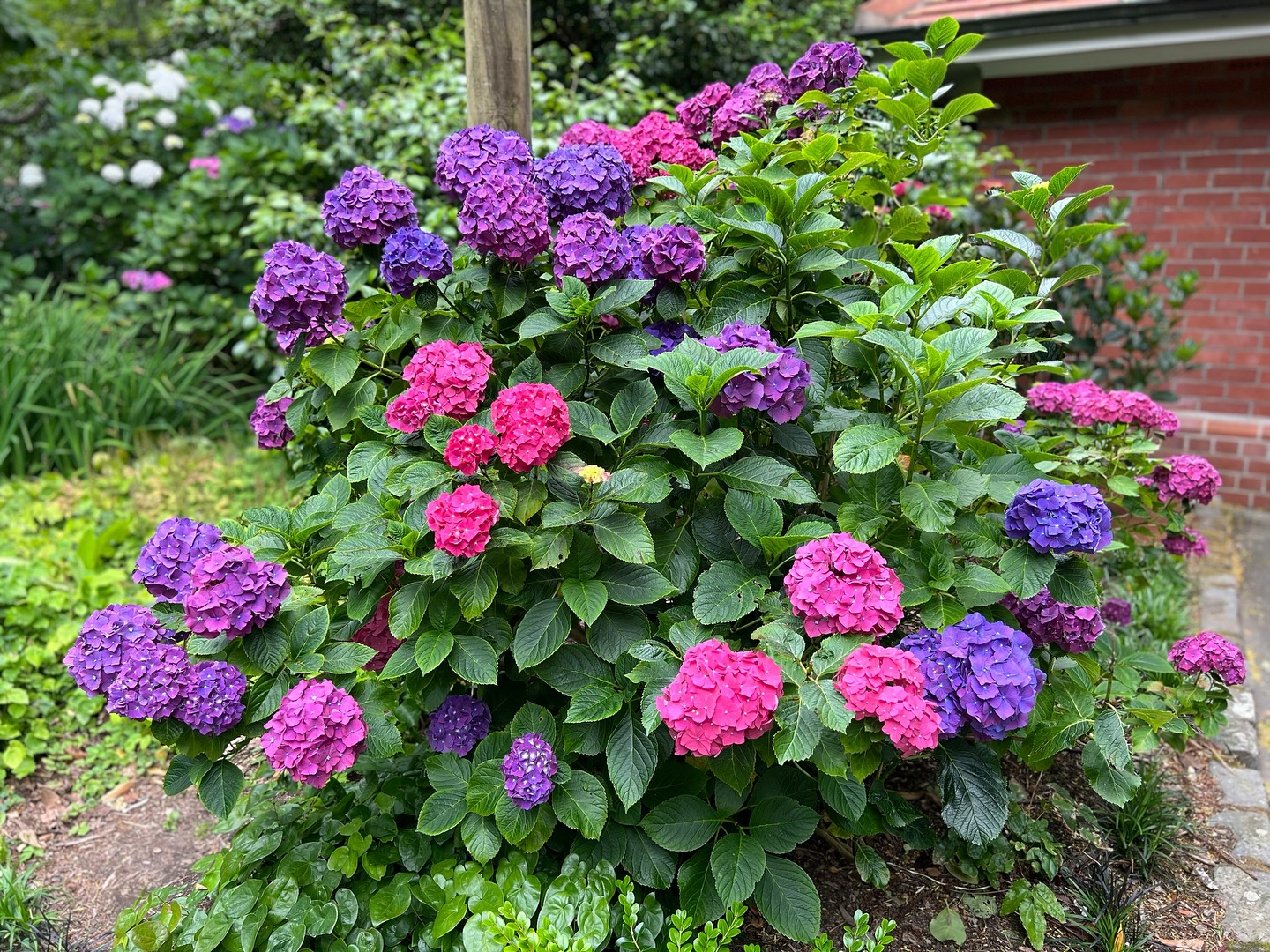
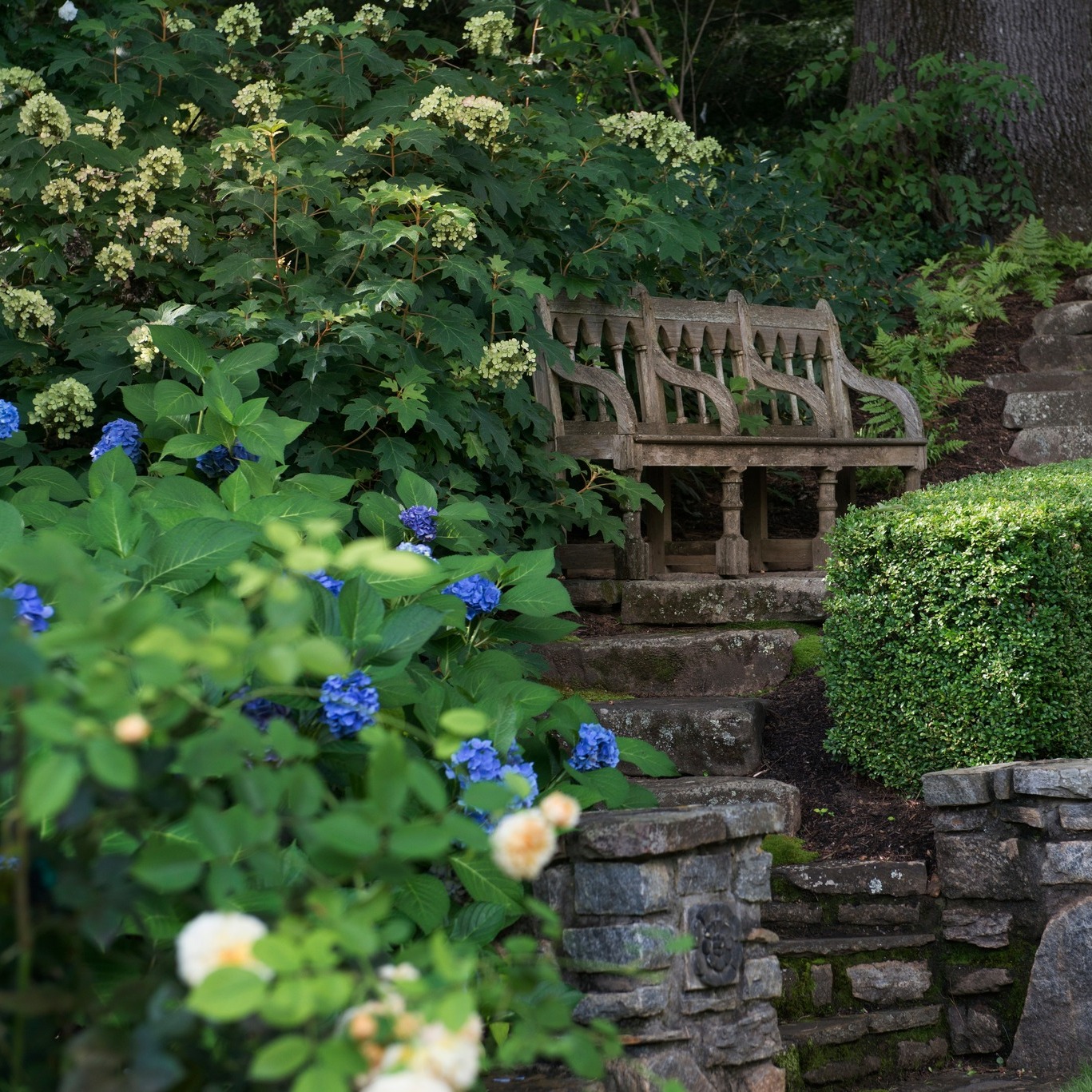



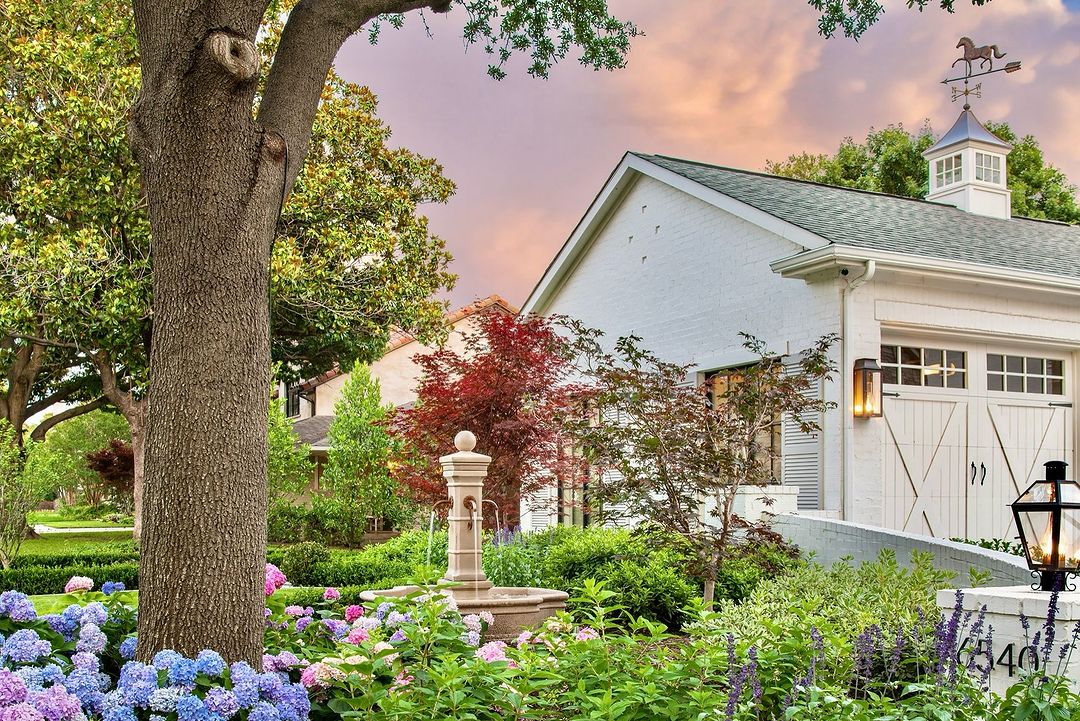
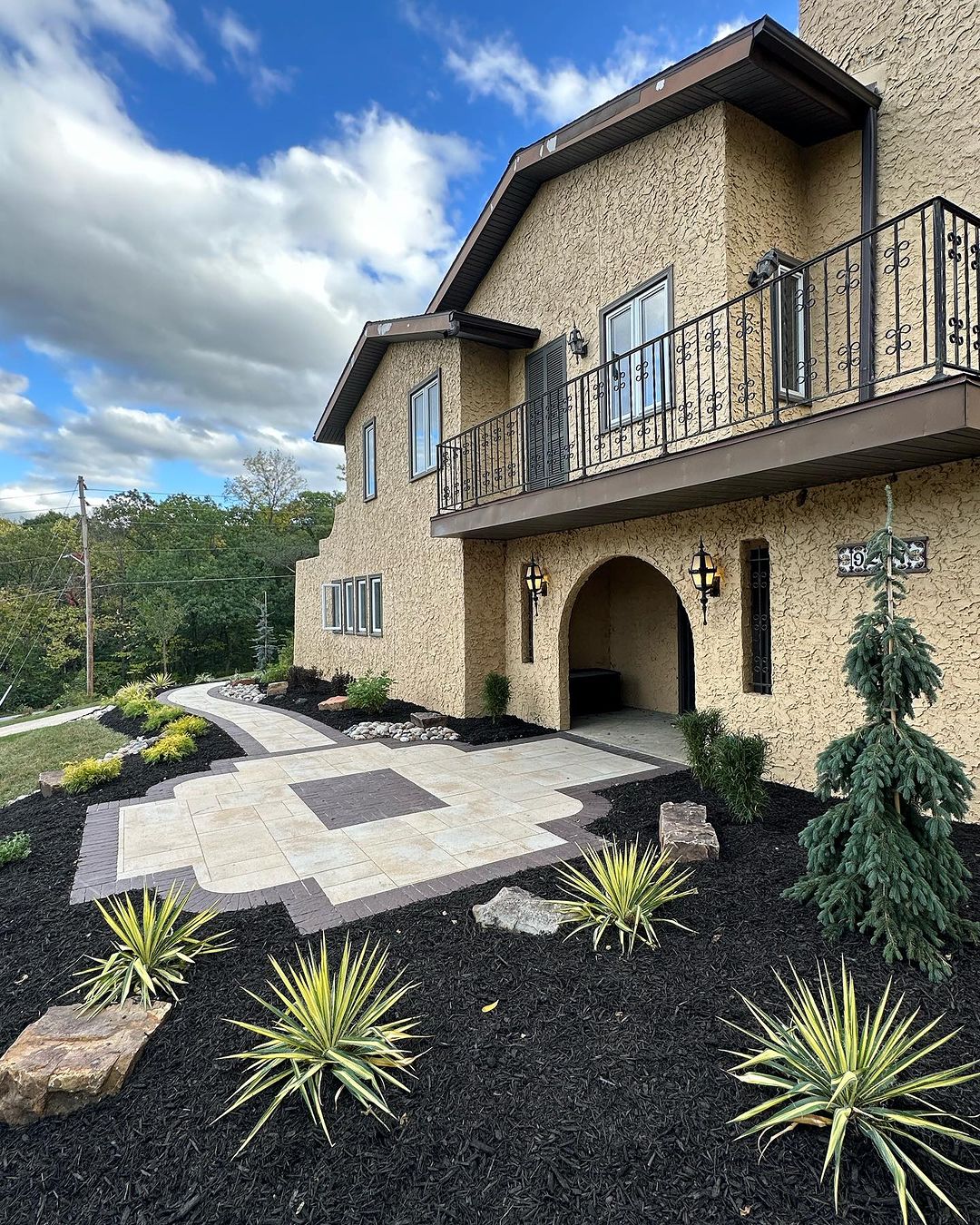
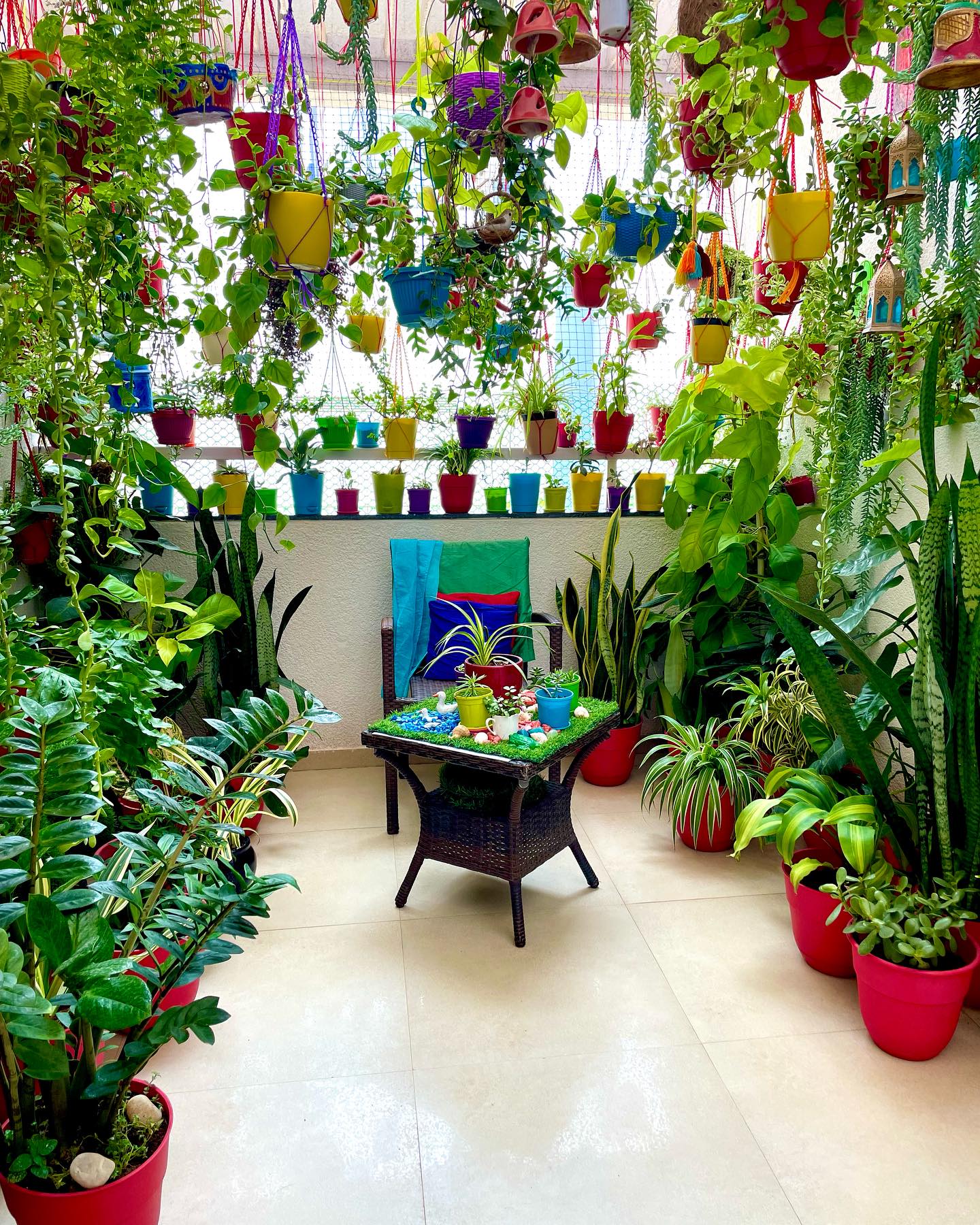
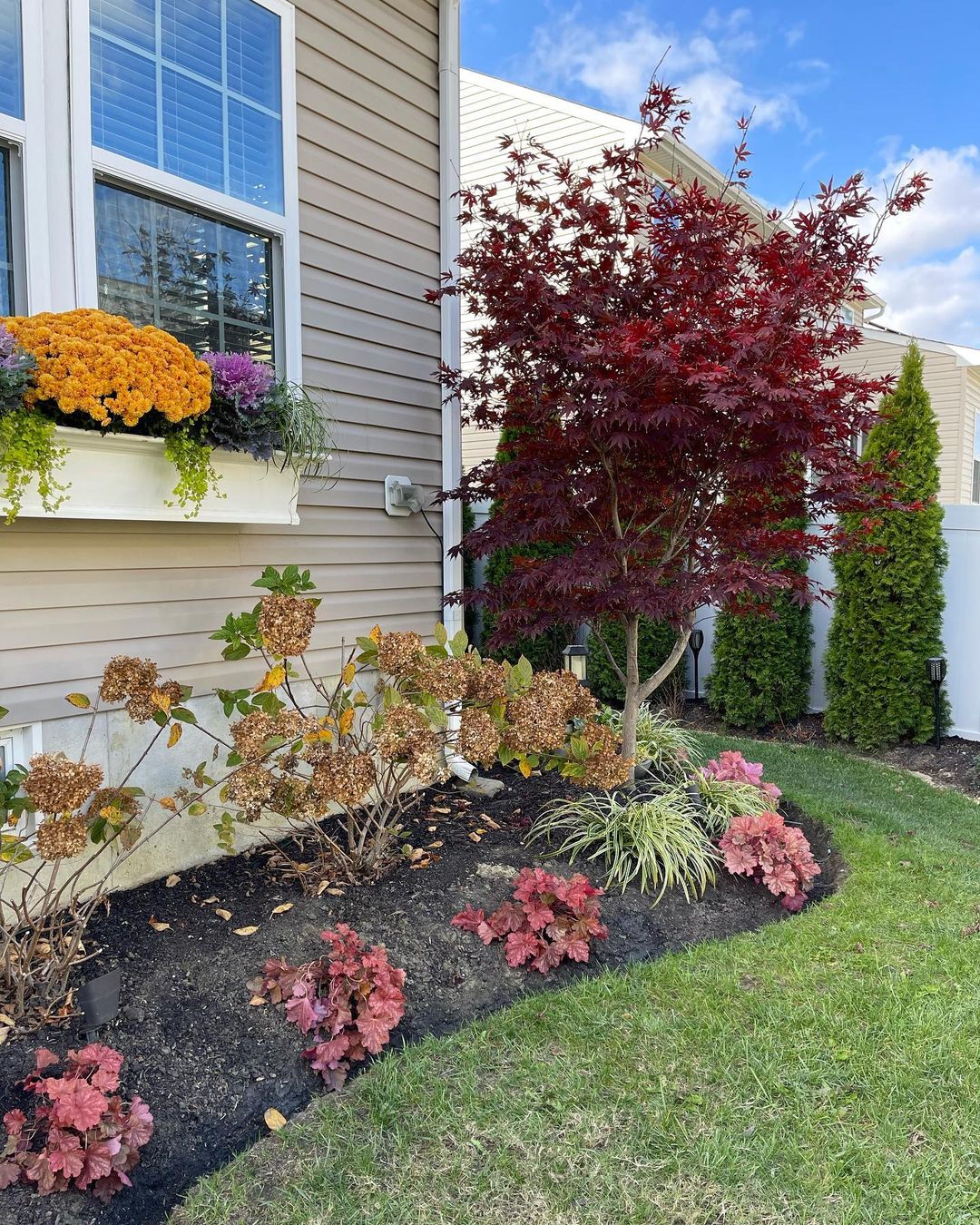
Comments